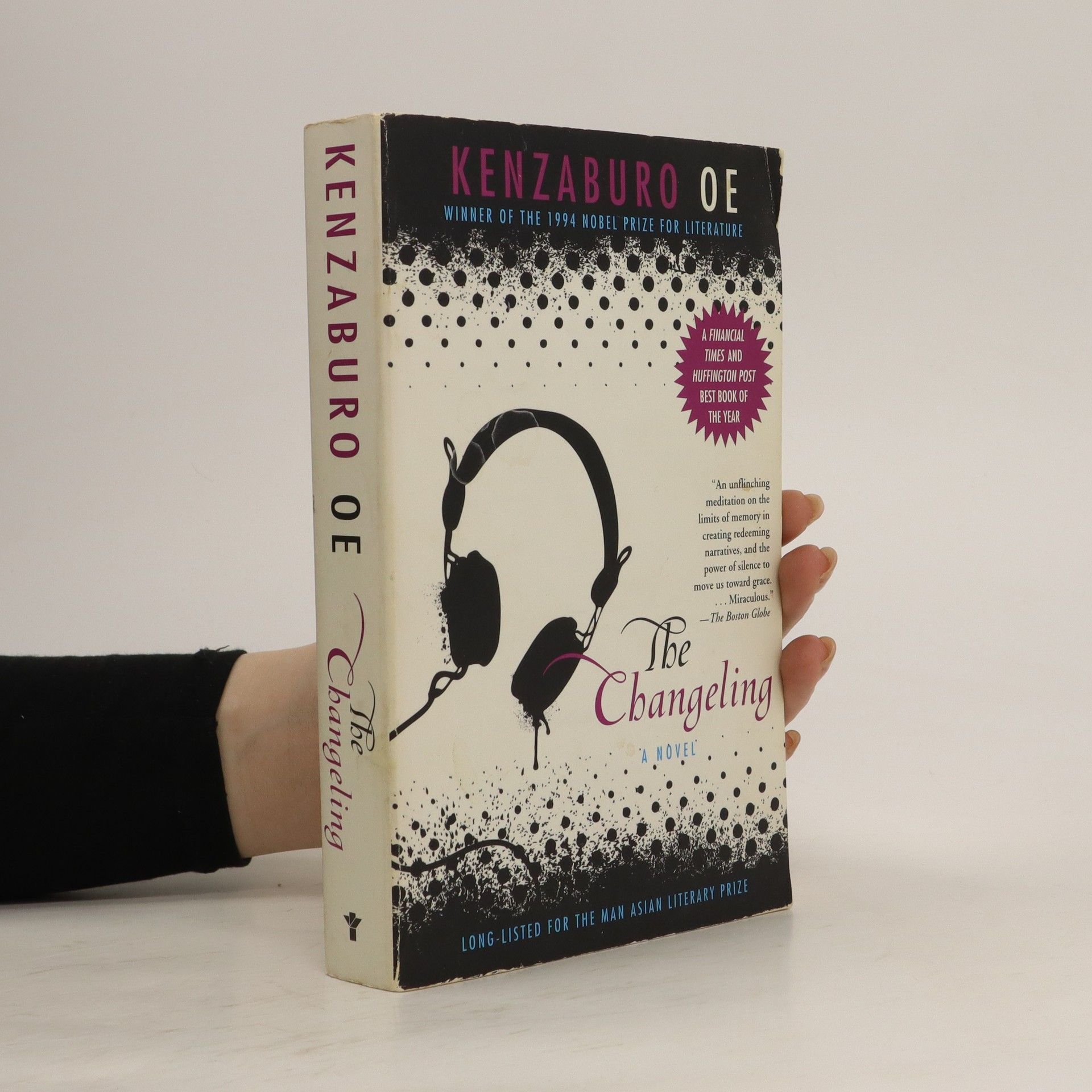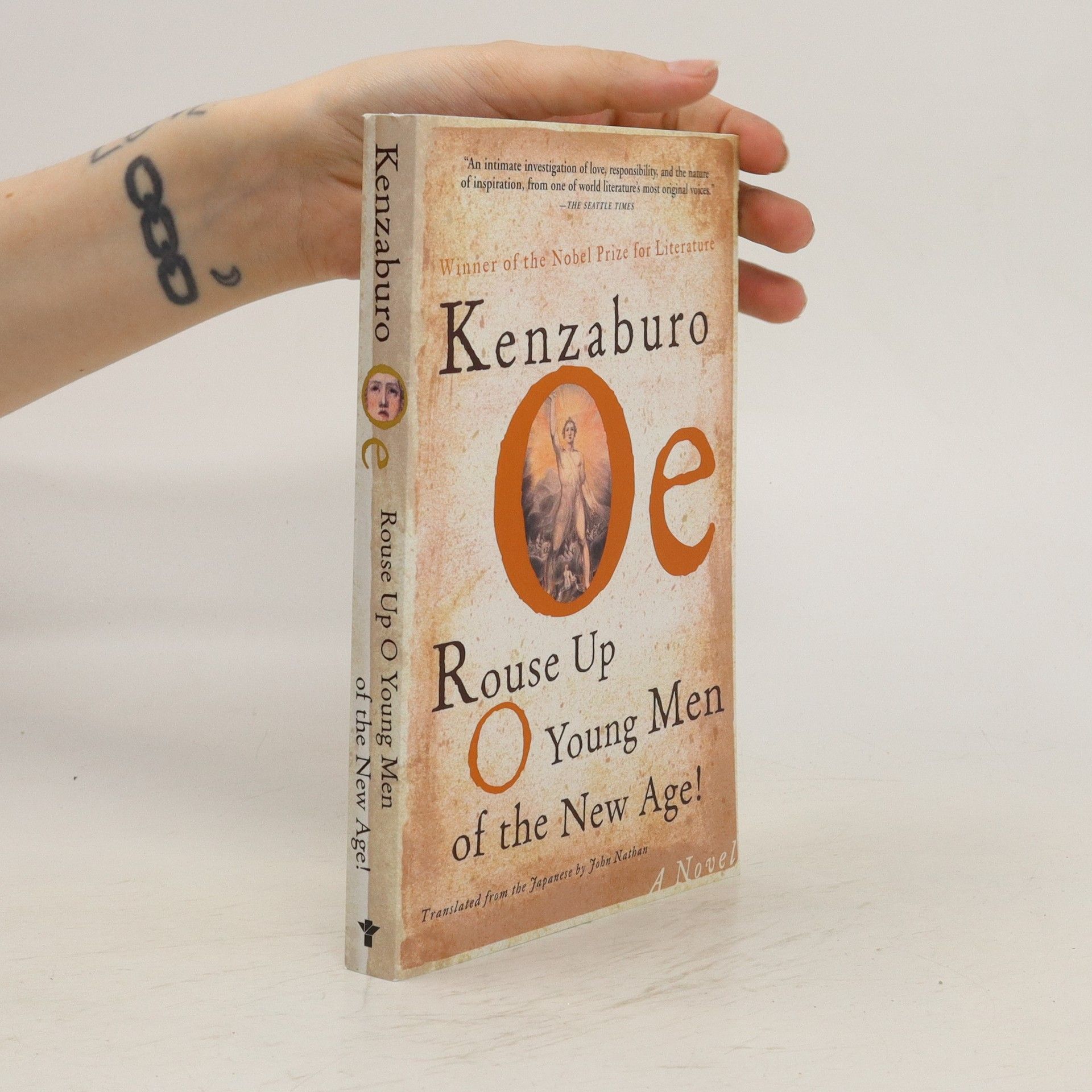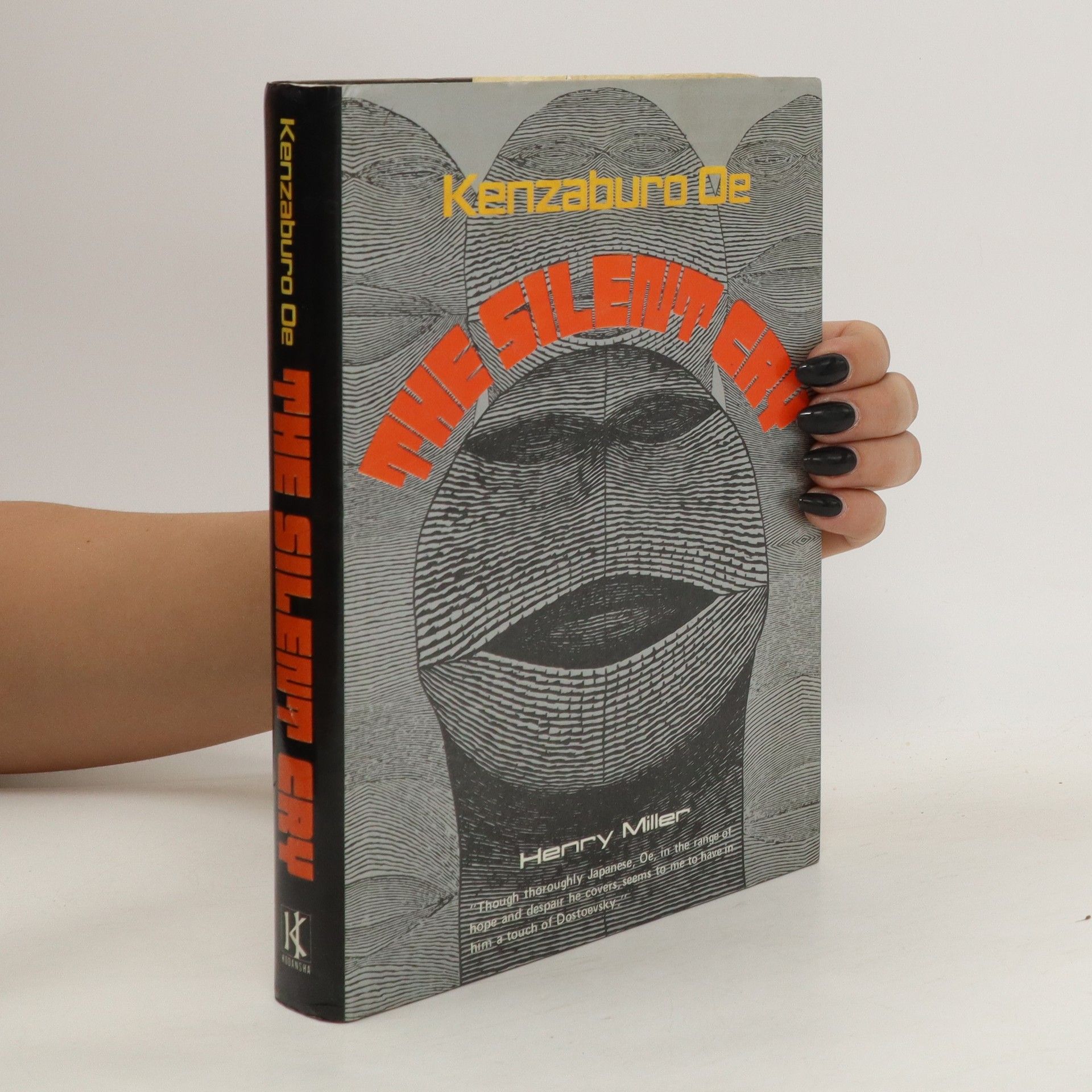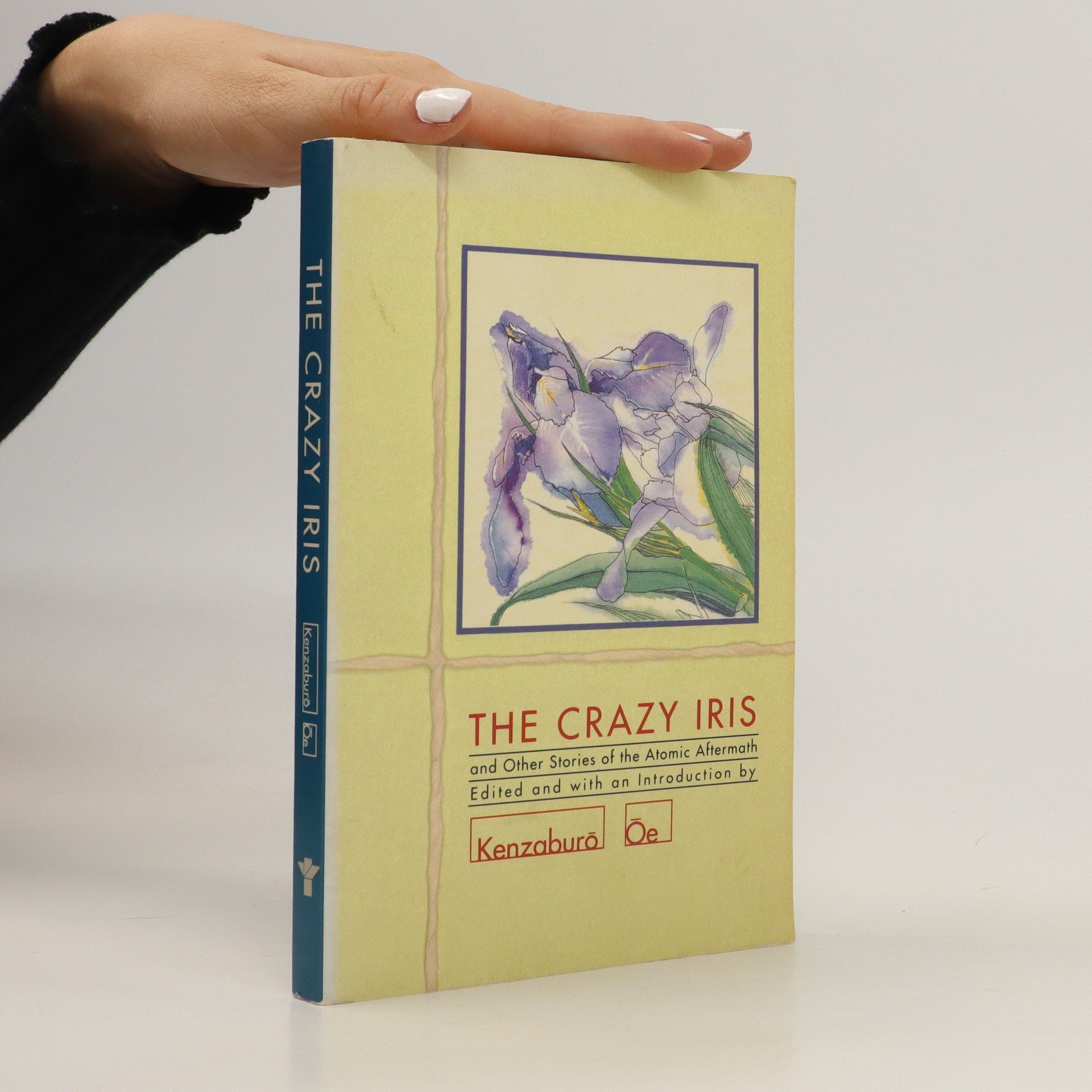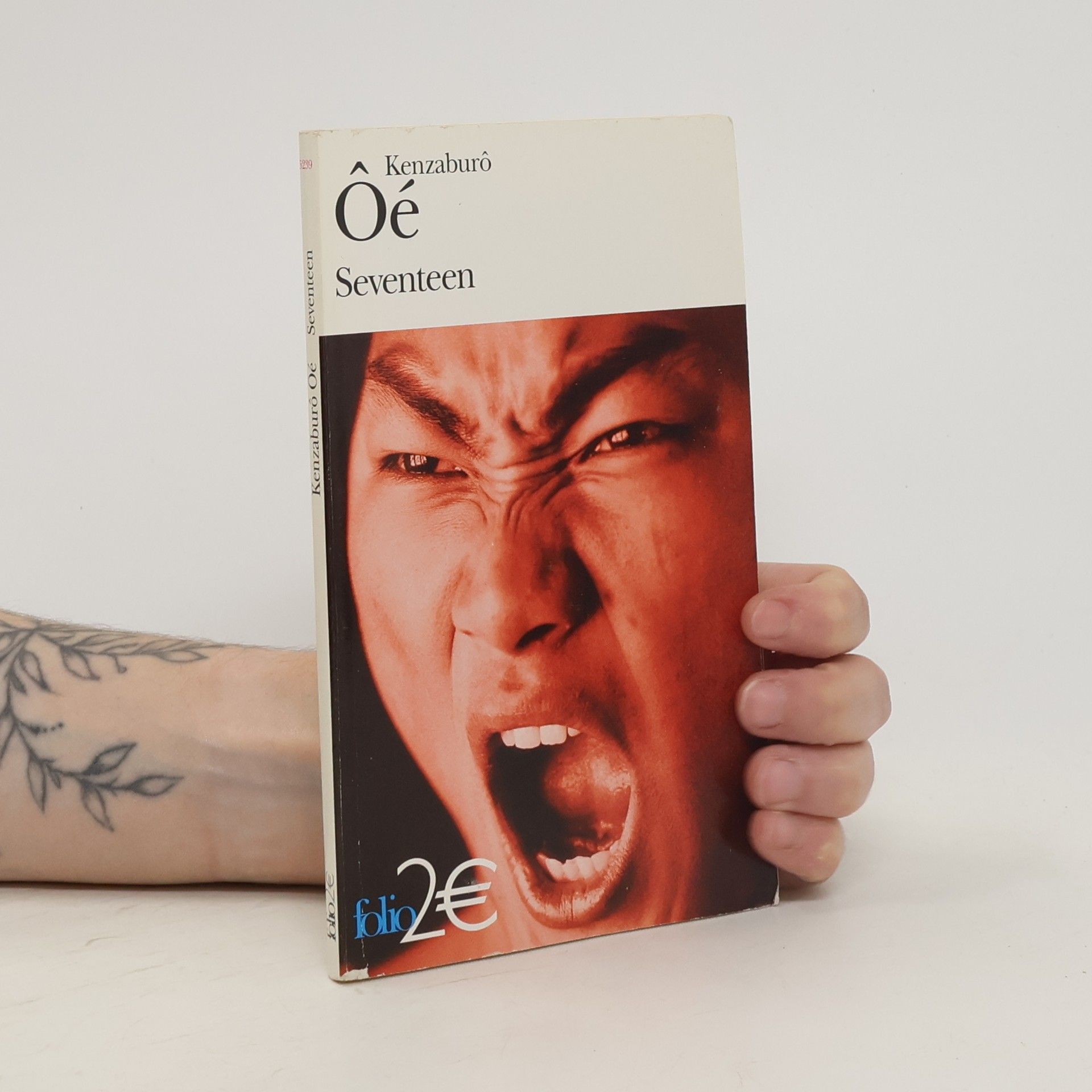Der nasse Tod
Roman über meinen Vater
Der neue Roman des japanischen Nobelpreisträgers Ein großes Lebensrätsel treibt Kenzaburô Ôe seit Jahrzehnten um: der mysteriöse Tod seines Vaters, der im Sommer 1945 während eines mächtigen Sturms in ein Boot stieg und im Fluss unter ungeklärten Umständen umkam. In seinem Roman schickt Ôe sein Alter Ego, den Schriftsteller Kogito Choko, in sein japanisches Heimatdorf. In einem geheimnisvollen roten Lederkoffer lagern Dokumente, die ihm dabei helfen sollen, die Geschichte des Vaters zu verstehen und endlich aufzuschreiben. »Der nasse Tod« ist ein meditativer Roman über die Beziehung zum Vater, über sein Vermächtnis, über Sterblichkeit und Erinnerung – und darüber, wie das Geschichtenerzählen heilen kann.

